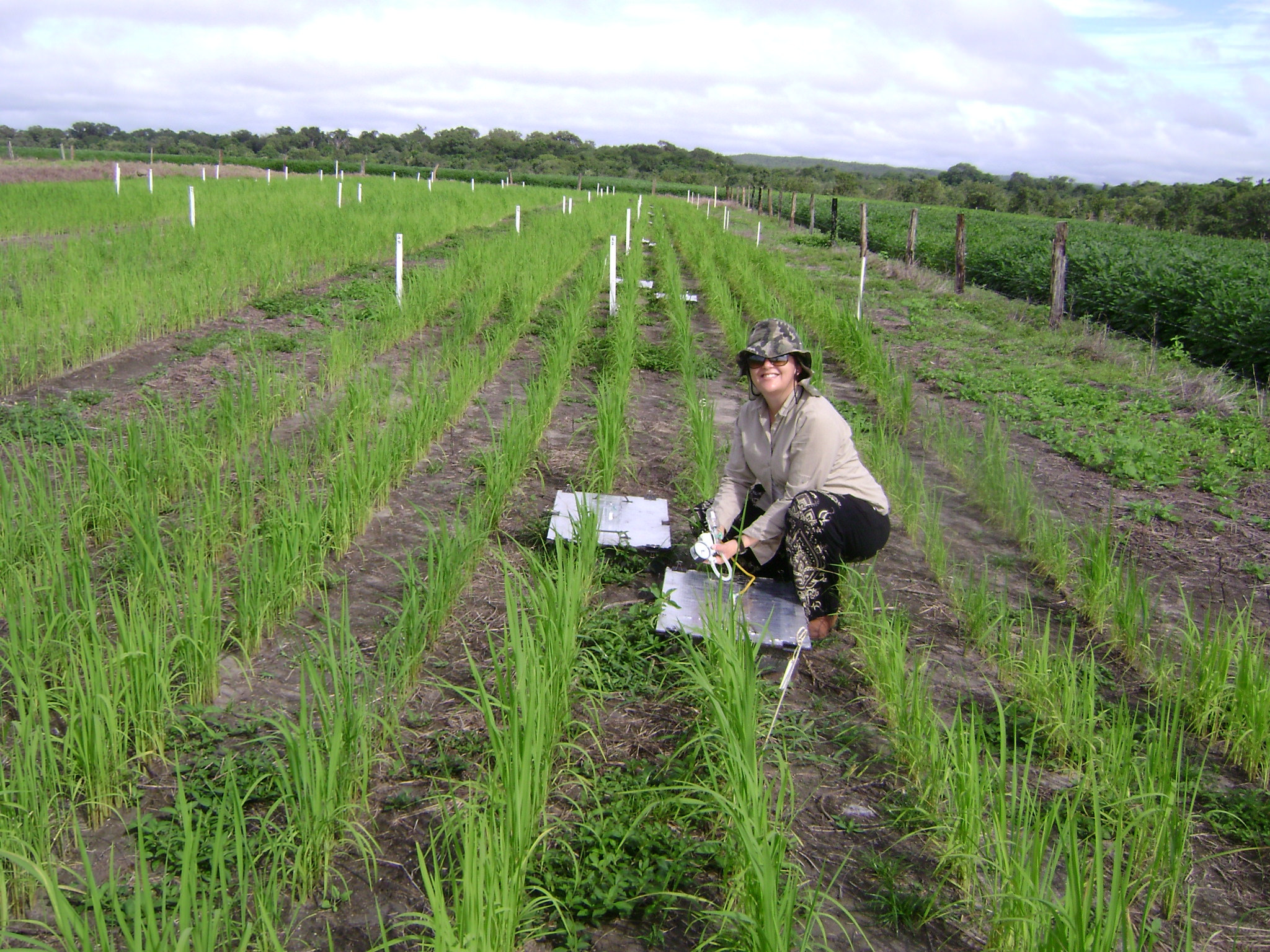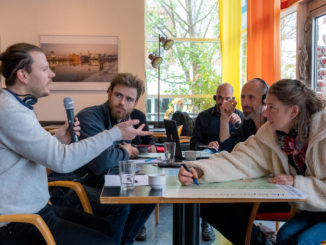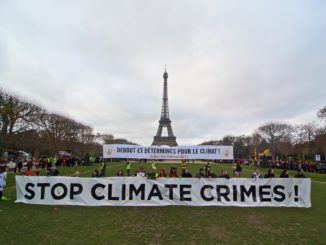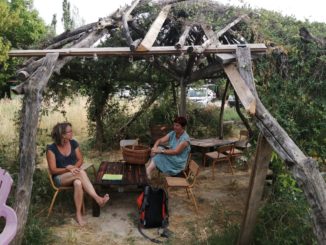
Imagine there was a soil amendment that could be produced from waste biomass and could do the following: draw down carbon, increase soil fertility in acidic soils, increase yield and productivity – especially for the poorest farmers with the worst soil, reduce nutrient run off, improve water retention in soil, while also protecting against soil borne diseases?
You would imagine that huge resources would be pumped into research and development of this precious resource. While there are certainly some resources being spent on biochar, it’s a tiny proportion of available R&D. And when biochar is studied, it is questionable as to the uses its put.
Biochar is a type of charcoal formed from biomass via a heating process known as pyrolysis. In 2012 a team of researchers (Woolfe et al 2012) estimated the maximum sustainable technical potential of biochar to mitigate climate change.
The landmark 2012 study tried to find what it called the “maximum sustainable technical potential (MSTP)” of biochar. That’s what could be achieved “when the portion of the global biomass resource that can be harvested sustainably (that is, without endangering food security, habitat or soil conservation) is converted to biochar by modern high-yield, low-emission, pyrolysis methods.”
The authors found that 12% of current human-derived (anthropogenic) greenhouse gas emissions (GHGs) could be reduced yearly. The impact could continue over the course of at least a century, “without endangering food security, habitat or soil conservation” they found.
Half of the avoided emissions in their estimates come from the net carbon sequestered as biochar, with the remainder a mix of replacement of fossil fuel energy with pyrolysis energy and avoided emissions of methane and nitrous oxide.
Because runaway climate change is increasingly likely, and because there is no real practical evidence of significant efforts being put in place to genuinely reduce emissions, drawdown methods are increasingly seen as crucial in climate change mitigation. AKA – in maintaining human life on earth in anything like a reasonably comfortable way.
Draw down methods are those that take carbon dioxide and/or other greenhouse gases from the air.
As the authors say: “Mitigation strategies that draw down excess CO2 from the atmosphere would then assume an importance greater than an equivalent reduction in emissions.”
The heating method in generating biochar – called pyrolysis – prevents decay of the biomass inputs, which reduces emissions. Soil emissions of GHGs are also decreased by biochar amendment to soils. As the authors say: “the biochar stores carbon in a recalcitrant form that can increase soil water- and nutrient-holding capacities, which typically result in increased plant growth. This enhanced productivity is a positive feedback that further enhances the amount of CO2 removed from the atmosphere.”
Indeed, the multifunctional positive impacts of biochar, as a strategy to remove CO2 from the atmosphere, are described by the authors as “notable, if not unique”.
Stringent restrictions were placed on the type of biochar production used in generating their calculations. They considered land use change – including clearance of rainforest to produce biomass – and were able to come up with the impressive figure of 12% reduction in human-caused climate change despite these restrictions. Indeed their model assumptions were of no land clearance nor conversion of agricultural land from food to biomass-crop production.
A small amount of biomass production on abandoned or degraded land was included as this would not impact food security or biodiversity negatively, but industrially treated waste biomass was not considered in the model, due to its risk of soil contamination. Only biochar from “high-yield, low-emission pyrolysis technology” was considered.
And while the climate change mitigation benefits of biochar were stronger in poor regions with poor soil, there were still numerous benefits in rich regions with better soil because of coal-use offsetting and the other agronomic benefits of biochar.
A version of this article first appeared in the Irish Examiner farming edition






1 Trackback / Pingback
Comments are closed.